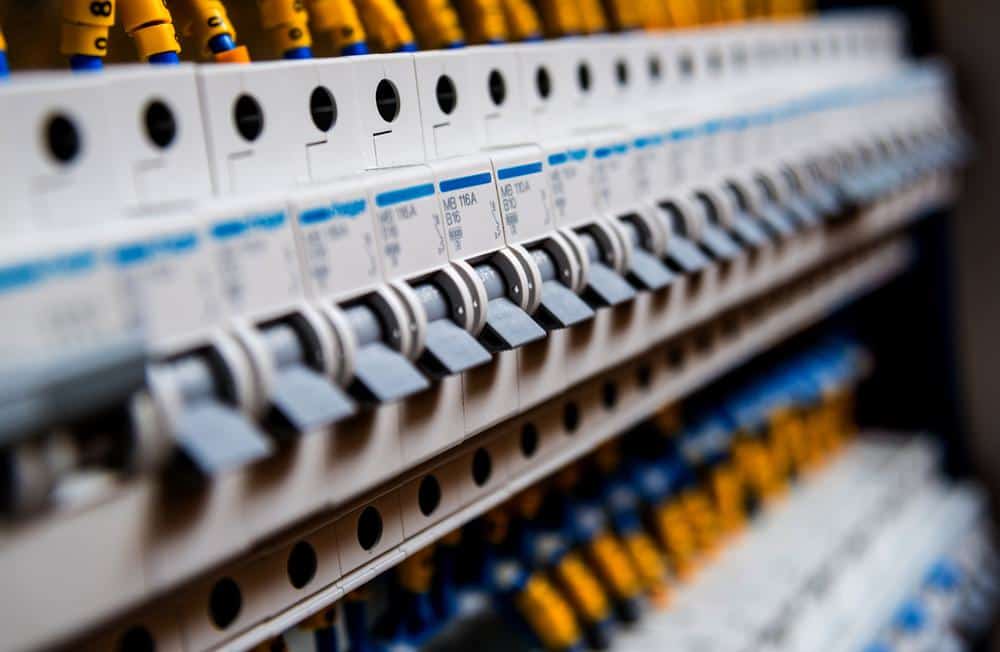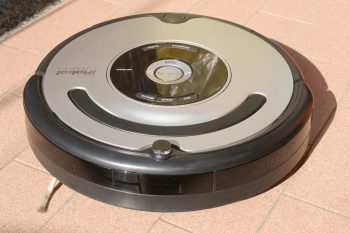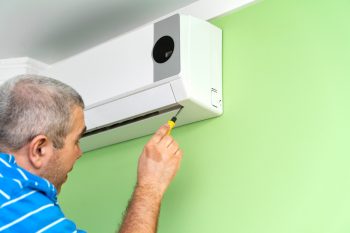
Fuses and circuit breakers are essential components of any home’s electrical system. They serve as the first line of defense against electrical fires and other hazards by interrupting the flow of electricity when a fault is detected. This article will provide an in-depth look at how these devices function, the differences between them, and their role in protecting your home.
Fuses and circuit breakers protect your home by interrupting the flow of electricity when an overload or a short circuit is detected. Fuses contain a metal wire that melts when too much current flows through it, interrupting the current, while circuit breakers are automatic switches that disconnect the circuit when they detect an overload or short circuit. These actions prevent electrical fires, protect appliances from damage, and reduce the risk of electrocution.
Fuses and Circuit Breakers: An Overview
A fuse is a simple, sacrificial device that protects an electrical circuit by containing a metal wire or strip that melts when too much current flows through it. This effectively interrupts the current, protecting the circuit and any connected devices from damage.
In contrast, a circuit breaker is an automatic electrical switch designed to protect a circuit from damage caused by an overload or a short circuit. Unlike a fuse, which must be replaced after operating once, a circuit breaker can be reset and reused multiple times.
The Role of Fuses and Circuit Breakers in Protecting Your Home
Fuses and circuit breakers play a critical role in home safety by preventing overloads and short circuits. Overloads occur when too much current flows through a circuit, often caused by having too many devices plugged into a single outlet. Short circuits, on the other hand, occur when electricity takes a shorter path than intended, usually due to faulty wiring or damaged insulation.
When a fuse detects an overload, the excessive heat produced causes the metal wire inside to melt, breaking the circuit and stopping the flow of electricity. Circuit breakers, meanwhile, trip and disconnect the circuit when they detect an overload or short circuit.
By interrupting the flow of electricity during these events, fuses and circuit breakers prevent electrical fires, protect appliances from damage, and reduce the risk of electrocution.
Fuses vs. Circuit Breakers: Which is Better for Your Home?
While both fuses and circuit breakers serve similar purposes, there are key differences between the two that can impact their performance in protecting your home.
Protection: Fuses protect against power overloads only, while circuit breakers protect against both power overloads and short circuits.
Reusability: Once a fuse blows, it must be replaced. Circuit breakers, on the other hand, can be reset and reused multiple times.
Response Time: Fuses are generally faster to respond to overloads than circuit breakers.
Switching Action: Circuit breakers can be used as ON/OFF switches, while fuses cannot.
Breaking Capacity: Circuit breakers generally have a higher breaking capacity than fuses.
Most modern homes use circuit breakers due to their ability to handle higher electrical loads and offer better protection against short circuits. However, fuses may still be used in certain situations, especially where fast response times are crucial.
Maintaining and Troubleshooting Fuses and Circuit Breakers
To ensure your fuses and circuit breakers are effectively protecting your home, regular inspection and maintenance are crucial. This includes checking for signs of overheating, poor connections, or insufficient conductor ampacity. Any blown fuses should be replaced with fuses of the same type and ampere rating, while tripped circuit breakers should be reset only after identifying and addressing the cause of the trip.
Remember that working with electrical components can be dangerous, so always exercise caution and follow safety guidelines when inspecting, maintaining, or troubleshooting fuses and circuit breakers. If you’re unsure about any aspect of these processes, or if you encounter persistent issues, consult a licensed electrician for assistance.
Conclusion
Fuses and circuit breakers play a crucial role in protecting your home from electrical hazards. By understanding how they work and how to maintain them, you can ensure they continue to provide reliable protection for your home’s electrical system. Remember, when in doubt, always consult a professional electrician.
Frequently Asked Questions
What are signs of a blown fuse or tripped circuit breaker?
A blown fuse is often visible through a clear window in the fuse. The metal strip inside the fuse will be broken or burned. For a circuit breaker, if it’s tripped, the switch will usually sit between the ON and OFF position. In some cases, you may also notice a burning smell around your electrical panel.
How often should I inspect my fuses and circuit breakers?
It’s generally a good idea to inspect your fuses and circuit breakers at least once a year. However, if your electrical system is older or if you’ve been experiencing frequent electrical issues, more frequent inspections may be necessary.
Can I replace a fuse or circuit breaker myself?
While it’s possible to replace a blown fuse or tripped circuit breaker yourself, it’s crucial to understand the risks involved. If you’re not confident in your ability to safely complete the task, it’s best to hire a professional electrician.
How can I prevent overloads in my home’s electrical system?
To prevent overloads, try not to use too many high-energy devices at the same time or plug too many devices into a single outlet. Regularly check your wiring for signs of damage, and consider having an electrician perform a home electrical safety inspection.
What causes a short circuit?
Short circuits are usually caused by faulty wiring, damaged insulation, or a fault in an electrical appliance. They occur when electricity takes a shorter path than it’s supposed to, causing a sudden increase in current.












